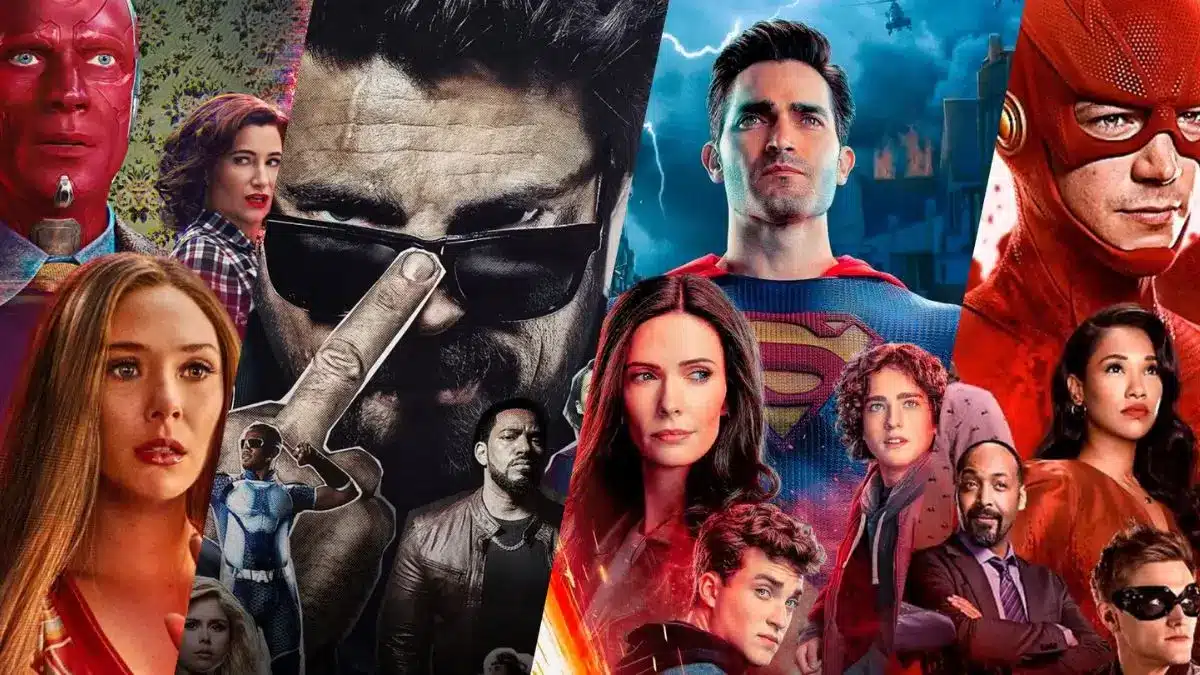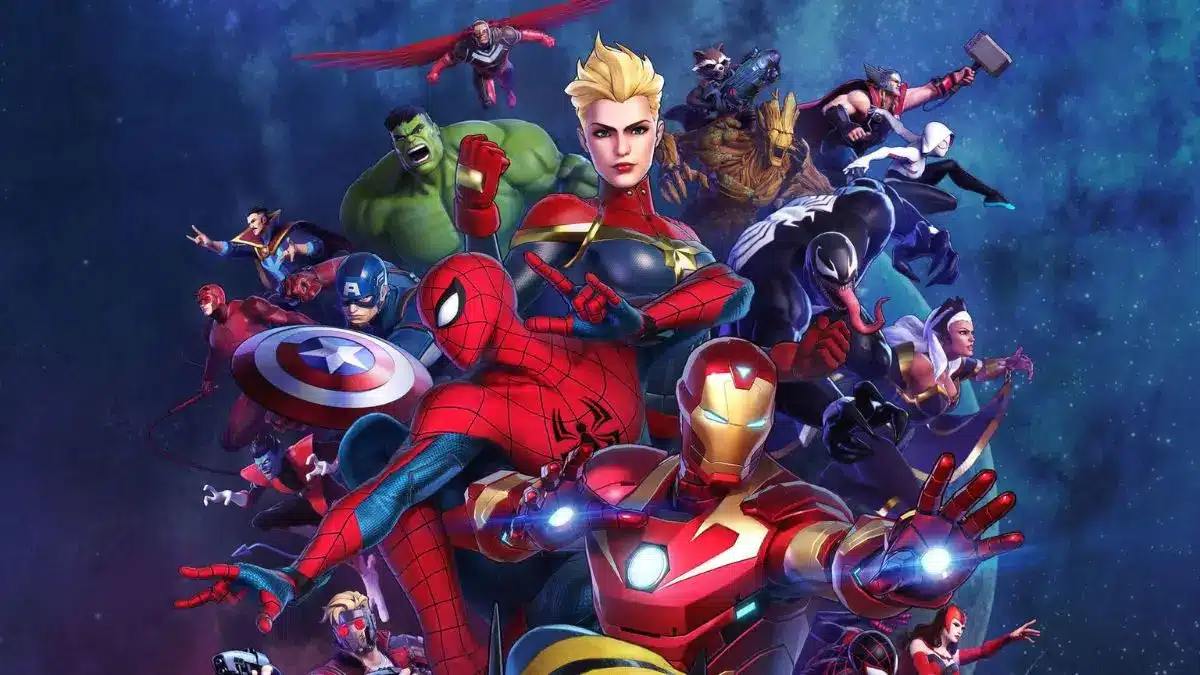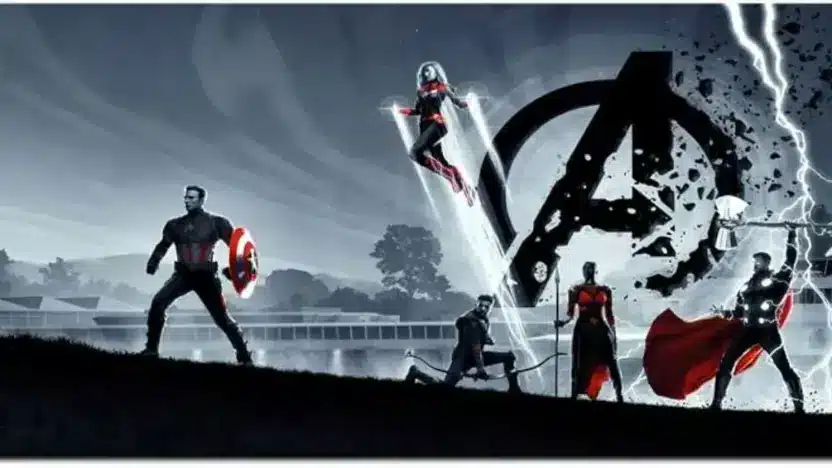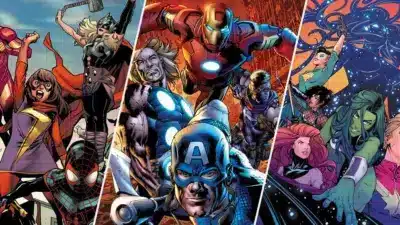The superhero genre has never been more popular, with massive blockbusters raking in billions and TV shows delivering gripping narratives over multiple seasons. While movies offer stunning visual spectacles and epic conclusions, TV shows give us time to explore the psyche of our favorite heroes. So, when it comes to storytelling, action, and character development, Superhero Movies Or Superhero TV Shows: Which Format Works Best? Let’s analyze both and find out.
The Spectacle of Superhero Movies
Superhero movies have been the backbone of the genre’s mainstream success. From Marvel’s massive cinematic universe to DC’s iconic standalone films, movies bring larger-than-life battles, jaw-dropping special effects, and memorable theatrical experiences. The ability to showcase high-budget CGI, breathtaking cinematography, and epic musical scores makes superhero films a spectacle that captivates audiences worldwide.
Beyond just the visual appeal, movies have the advantage of condensed storytelling. With a runtime of around two to three hours, they have to keep the pace tight and engaging. The stakes are usually high, leading to climactic battles that define franchises. However, this can also be a drawback. Because of the limited time, character development sometimes takes a backseat to action, and deeper emotional arcs often feel rushed.
The Depth of Superhero TV Shows
On the other hand, superhero TV shows thrive on character-driven storytelling. A series allows for longer and more intricate narratives, giving characters room to grow, evolve, and form deeper relationships. Shows like Daredevil, The Boys, and WandaVision have proven that slow-burn storytelling can elevate superhero narratives to new heights.
The episodic format also allows for greater exploration of supporting characters, subplots, and complex themes. Unlike movies, where heroes often have to quickly resolve conflicts, TV shows can take their time with world-building, allowing for richer and more immersive storytelling. However, the downside is that some shows struggle with pacing. Not every episode can maintain the same level of intensity, leading to occasional filler episodes that can lose audience interest.

Character Arcs: Movie Heroes vs. TV Heroes
Iron Man (Movies)
Tony Stark’s arc in the Marvel Cinematic Universe (MCU) is one of the best examples of a well-executed movie character development. Introduced in Iron Man (2008), Stark transitions from an arrogant billionaire to a self-sacrificing hero in Avengers: Endgame (2019). His journey is tightly packed into a few key films, with each installment adding to his growth. The limitation of movies, however, means that we only get glimpses of his deeper struggles rather than a prolonged exploration of his psyche.
Daredevil (TV Show)
In contrast, Matt Murdock’s transformation in Daredevil (Netflix) unfolds over multiple seasons. We see his internal struggles, his battle between being a lawyer and a vigilante, and his relationships with characters like Foggy Nelson and Karen Page develop in intricate detail. His emotional and physical suffering is drawn out in a way that a movie would struggle to capture, making his arc feel more personal and compelling.
Superman (Movies)
Superman, as a cinematic figure, has been both celebrated and criticized for his portrayals. Christopher Reeve’s Superman remains iconic, and Henry Cavill’s version in Man of Steel brought a modern, more conflicted take on the character. However, because Superman movies focus heavily on action and spectacle, they often struggle to fully explore Clark Kent’s internal conflicts and his moral dilemmas beyond a surface level.
Superman & Lois (TV Show)
Meanwhile, Superman & Lois gives us a deeper look into Clark Kent’s life as a father and husband. The show balances superhero action with family dynamics, something that would be difficult to fully explore in a two-hour movie. We see his vulnerabilities, his struggles with raising super-powered children, and the challenges of maintaining a normal life while being the world’s greatest hero.
Batman (Movies)
Batman has been one of the most successful superheroes in film history. From Tim Burton’s gothic version to Christopher Nolan’s gritty realism and Matt Reeves’ detective noir, Batman movies offer intense storytelling, high-stakes action, and some of the most memorable villains in cinema. The films focus on Bruce Wayne’s personal tragedies, but since each version is usually contained within a single film or trilogy, we only get a snapshot of his life.
Gotham (TV Show)
TV’s Gotham took a different approach by focusing on Bruce Wayne’s early years and the city’s descent into chaos. The show had the time to develop Gotham’s underworld, giving more depth to characters like Penguin, Riddler, and Jim Gordon. It allowed fans to see Batman’s world unfold gradually, adding layers to characters that movies often have to rush through.

Which Format Works Best?
Ultimately, the answer depends on what kind of experience you prefer. If you love large-scale, high-stakes action and a tightly packed narrative, superhero movies deliver the best experience. They are event-driven, meant to be enjoyed in theaters with stunning visuals and powerful storytelling.
However, if you prefer slow-burn character development, deep storytelling, and long-form world-building, superhero TV shows offer a richer experience. They allow audiences to spend more time with their favorite heroes and villains, making the journey more immersive.
Both formats have their strengths and weaknesses, and in an ideal world, they would complement each other rather than compete. Whether it’s the epic finales of Avengers: Endgame or the gripping character study in Daredevil, superhero stories continue to captivate audiences in both movies and TV shows. And as long as the genre keeps evolving, there will always be a place for both formats in the superhero landscape.
Also Read: The Most Iconic Avengers Teams in Marvel Comics



